Lake Toba, Sumatra, 2020.
Before arriving in Sumatra, I didn’t know about our next destination—an island inside a lake inside a mountain crater. We never planned to visit Lake Toba, few do.
We drove from Bukit Lawang through endless stretches of palm and rubber plantations, stopping to stretch our legs and see the active volcano, Mount Sinabung. Eventually, the misty jungle opened into rice fields and gave way to a vast lake that disappeared into the horizon.
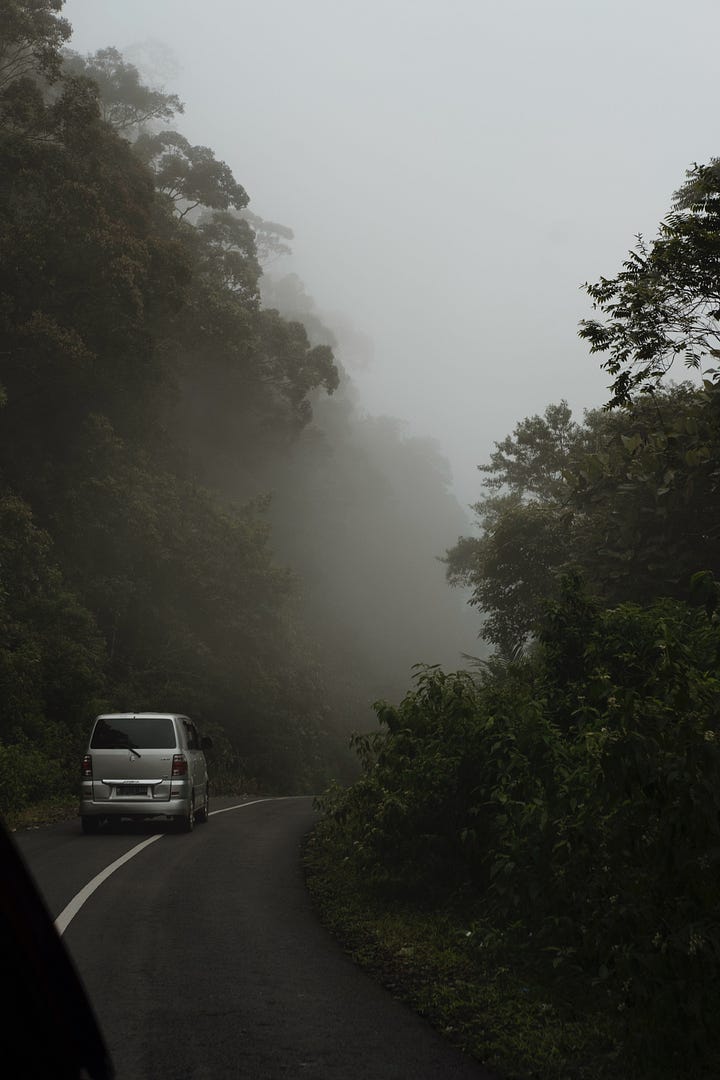
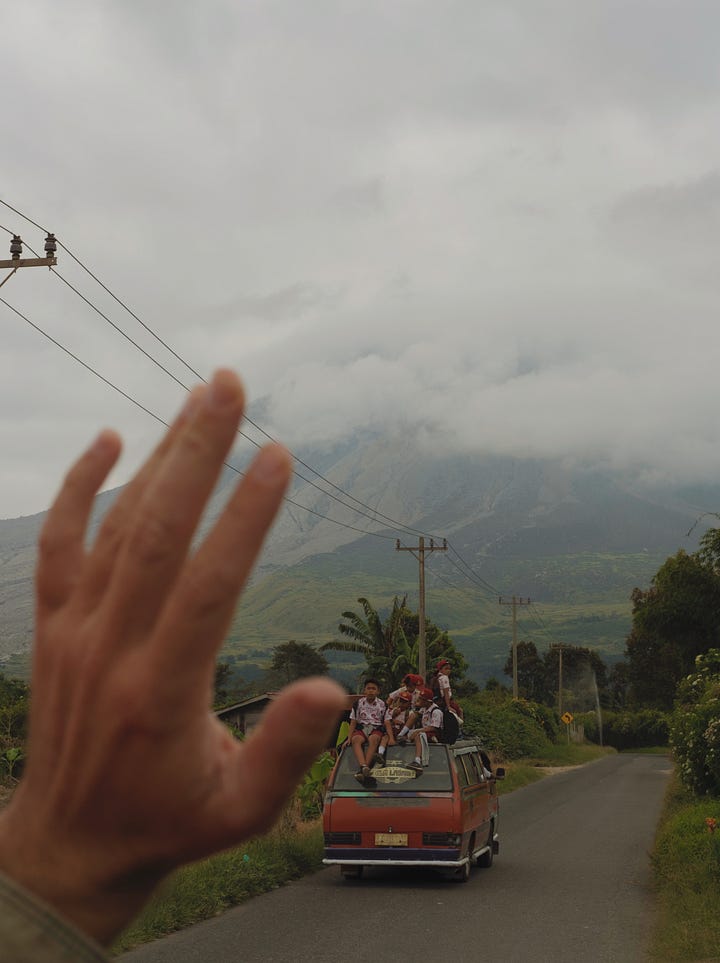
After buying tickets to Tuk Tuk, a small area inside Samosir island in Lake Toba, we waited sitting next to a few locals under the shade. The tourism industry hasn’t fully taken over this area yet, so Tuk Tuk remains one of the only places for foreign travellers to stay. We hop off at the first stop: Tabo Cottages. It looked well-kept and slightly out of budget for backpackers like us, but after nine hours of travel, we weren’t up for browsing more options. It was low season and very quiet. After explaining our situation to the front desk, they gave us a suite on a discount—a true blessing after sleeping on the jungle floor the week before.
Days began with blue skies and ended in watercolour sunsets, made real only by lightning that outlined the cotton-like clouds in pink and orange. From the pool, you could see mountains fading into the horizon. There was space to breathe, a stillness and serenity only ancient mountains and the humming of low waves can offer. My brain tried to compare it to something familiar—the energy and immensity reminded me of the Himalayas. The view was like a blend of the Austrian Alps with fields like those in the English countryside. The banana trees and glowing rice paddies brought me firmly back to Indonesia. In the fields, we saw buffalo alongside women working in colourful sarongs, their heads carrying a wrapped fabric.
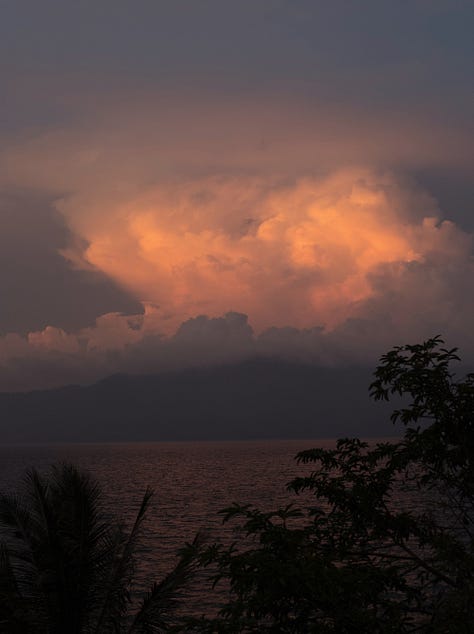
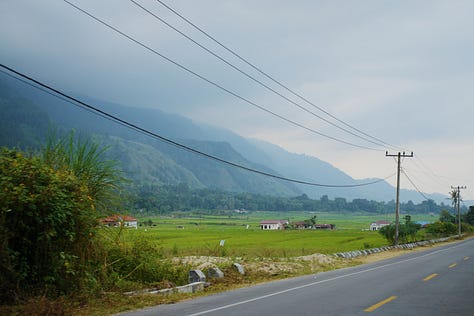
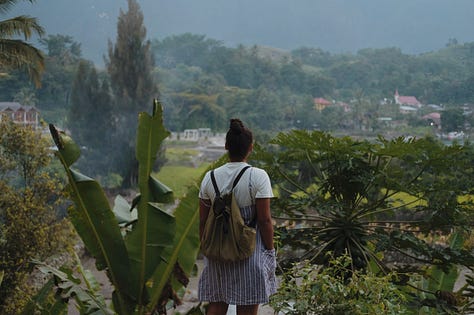
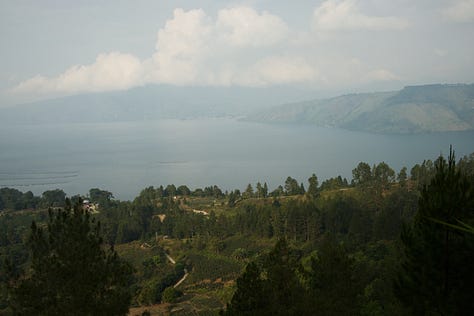
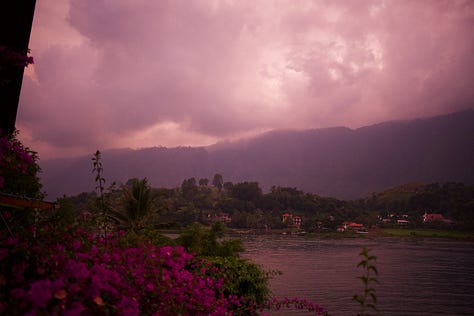
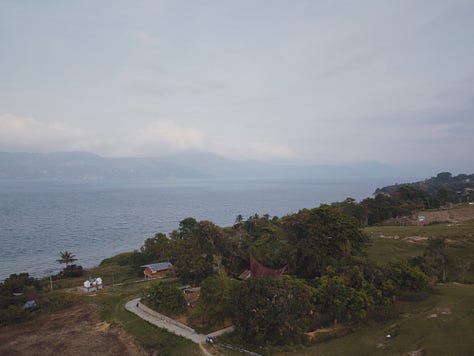
Samosir Island is home to the Toba Batak people—one of the many Batak ethnic groups in North Sumatra. The Batak have their language, traditional architecture, and customs rooted in a complex history of legend and tradition. Many Batak are Christian today, and the island is peppered with colourful churches and traditional rumah adat—wooden homes with pointed, saddle-shaped roofs.
The word “Toba” is tied to the legend of a farmer named Toba. According to Batak folklore, the lake was created after a man unknowingly married a woman who was a fish in human form. He promised never to reveal her secret, but one day, in anger, he broke his vow. The gods, enraged, flooded the land, creating the lake. In some versions, their child becomes the ancestor of the Batak people. Science suggests that Lake Toba was created by a supervolcano’s eruption around 74,000 years ago. That eruption, the largest in Earth’s history, may have nearly wiped out humanity.
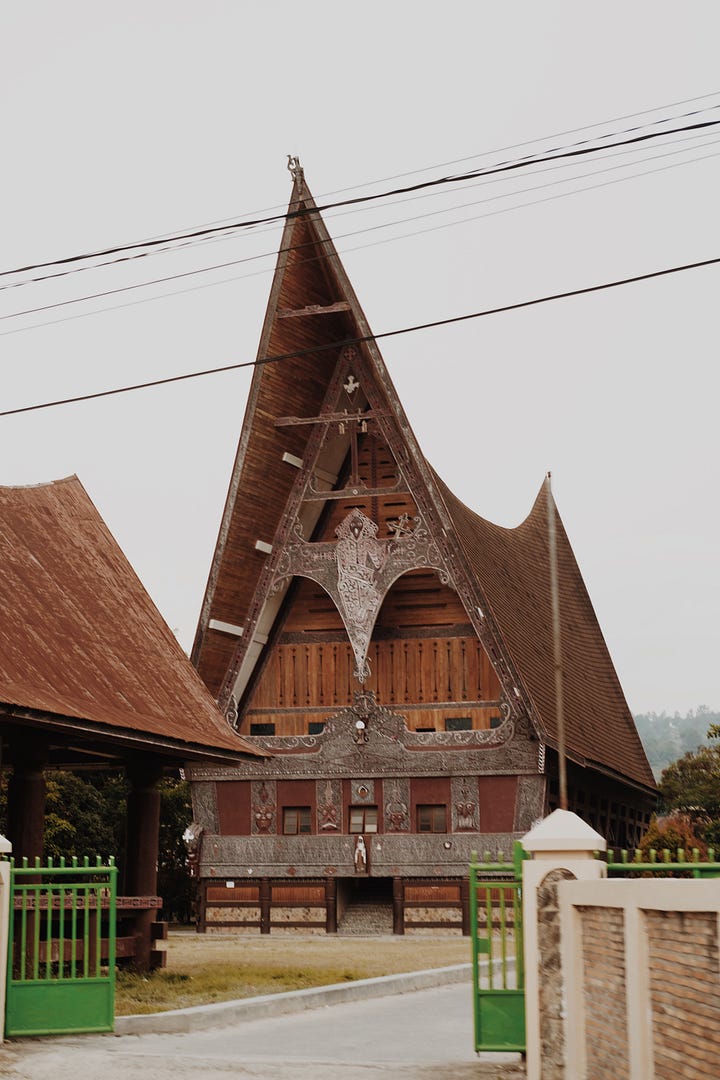
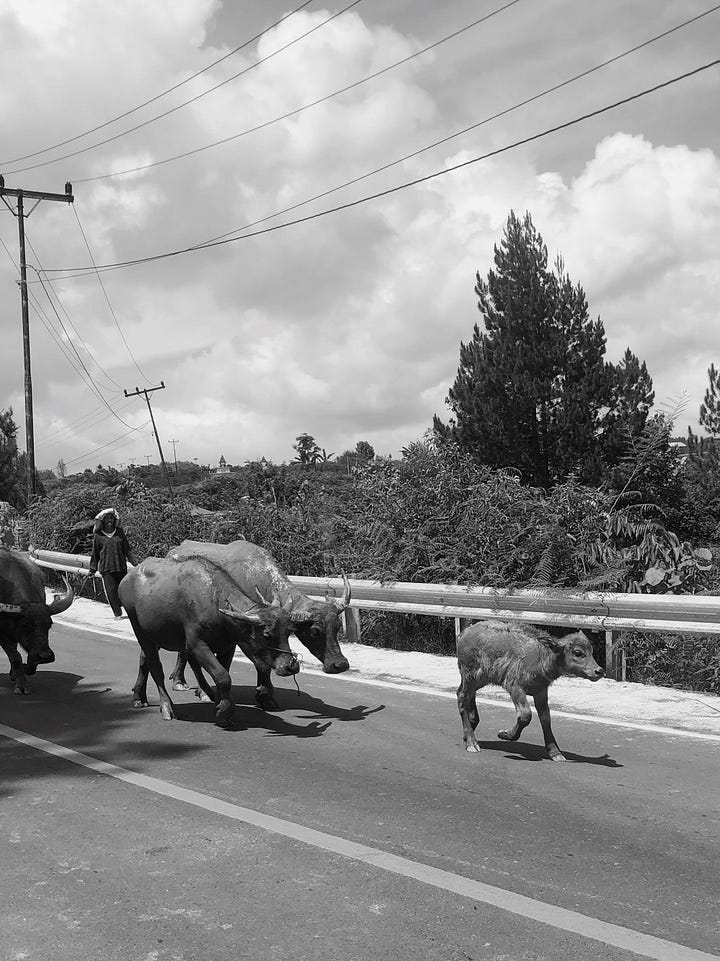
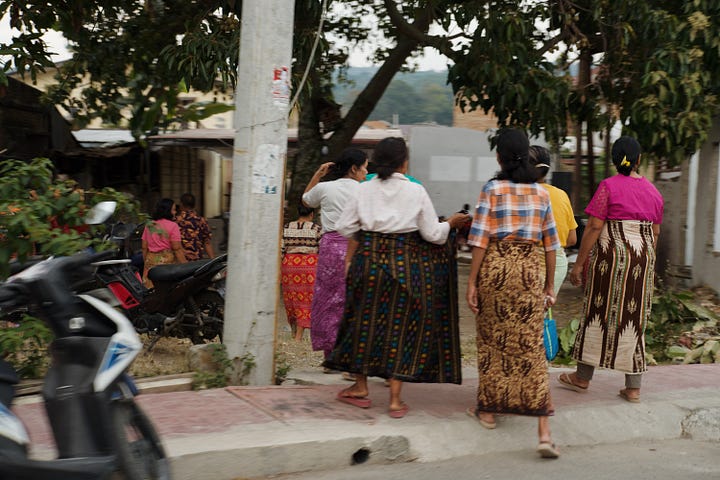
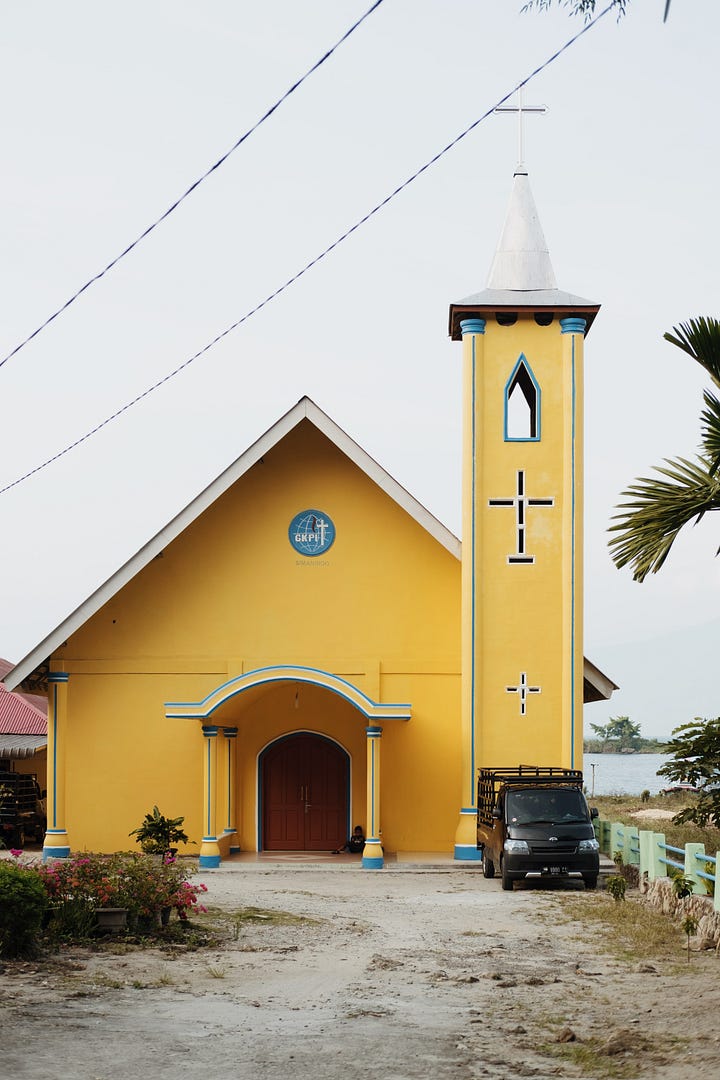
If you are enjoying this post, sharing it with your community helps me immensely in reaching more like-minded people. Your support means the world! ✨
It took us about an hour to cycle the island, stopping now and then to take in the views. With each turn, a new landscape would reveal itself, and at one point, we even stumbled upon a small lake within the island.
The farther we rode into the northern edge, the more we noticed signs of poverty. Our motorbike got a flat tyre at the top of the island when a group of locals stepped in to help, using hand gestures and tools pulled from nowhere to patch the tyre. It held just long enough to get us back to the cottage.
At night, we went to see live music, as we had in Bukit Lawang and began noticing a trend that would continue throughout our trip—Indonesians love their rock band covers. Almost everyone we passed greeted us with smiles and curiosity, except for the elders. Perhaps they knew too well that foreigners on their land rarely meant good news, but progress and curiosity are inevitable. The younger generations, the ones who dress like us, listen to the same music, and have social media profiles, want to know where we’re from, what we do for a living, and why we’re here visiting their corner of the world.
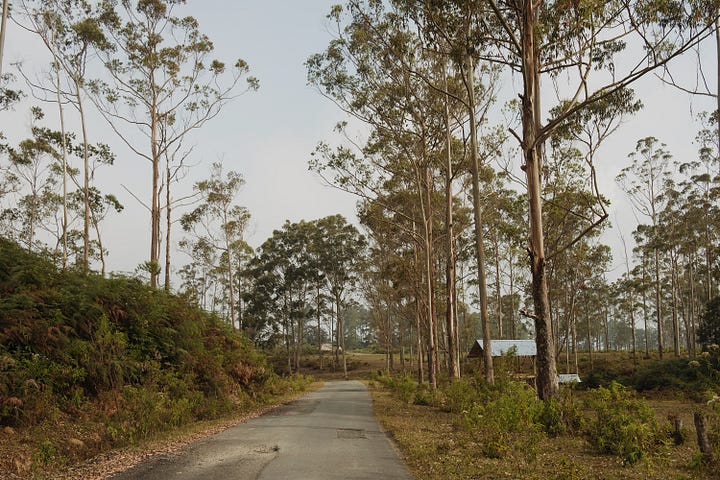
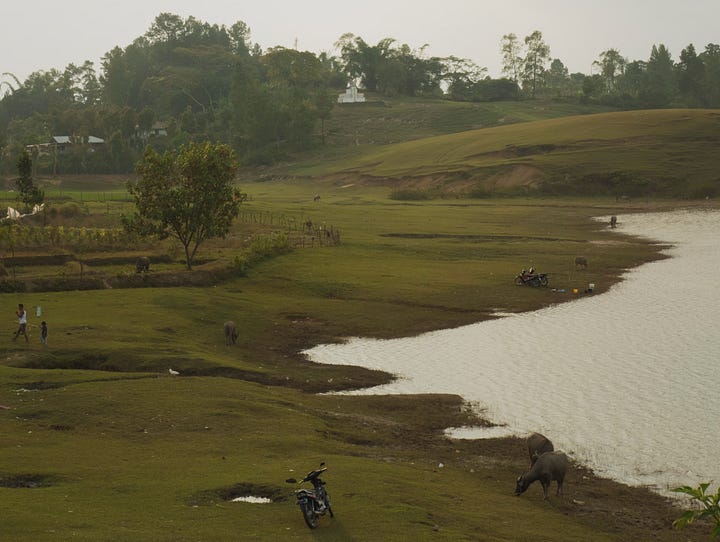
One afternoon, during a work session in what we’d nicknamed “the centipede hut” (after spotting a bright yellow-and-red one scuttling across the floor), we spoke with a woman who had been born and raised on Samosir. She told us about life on the island. We had already sensed the north was struggling, but she confirmed it: poverty is real and worsening. The president’s initiative to put every child in school hadn’t reached these remote villages. Climate change meant fewer rains and therefore fewer crops. In many homes, tapioca was the only food children ate. Foreigners own most of the hotels. They pay taxes to the government, but very little of that money makes its way back to the local community. She spoke with tears in her eyes.
Lake Toba is part of the government’s “10 New Balis” initiative—a plan to boost tourism by developing new hotspots. Tourism may offer quick jobs, but fast, profit-first development risks damaging the culture and biodiversity that make this place worth visiting. Ferries and motorbike traffic would increase air and water pollution. Without thoughtful planning, mass tourism could destroy the ecosystems that make this place sacred to science and spiritual beliefs.
The cycle is familiar: land is bought, locals are displaced, foreign businesses arrive, and the place changes. Petty crime follows and scenic areas, once free, become gated and expensive, out of reach for those who’ve always lived there.
Locals are left with little choice but to work in the service industry—twelve-hour shifts, six days a week—while unaware, entitled tourists stream in, and modern-day colonialism begins again. Then come the influencers, ready to squeeze the last pristine and untouched corner, until it breaks.
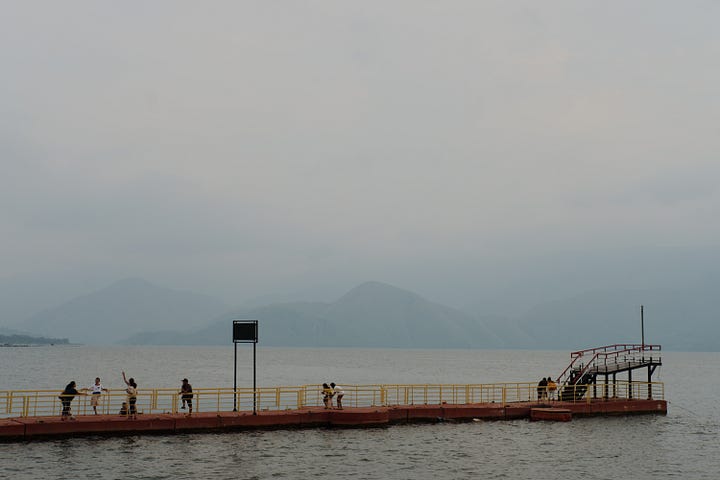


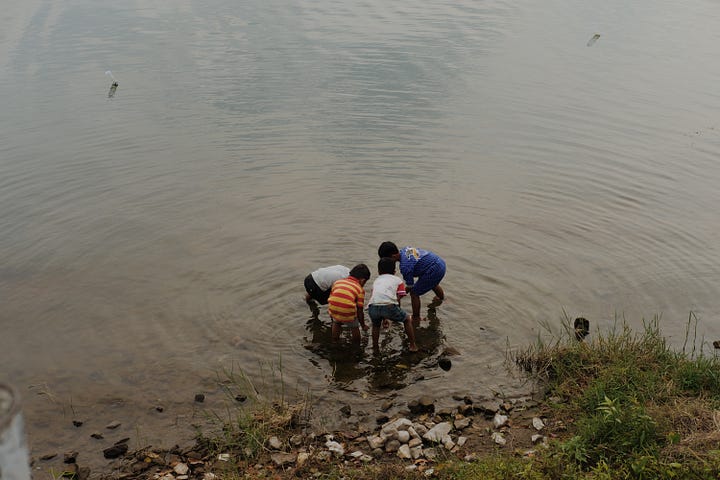
On the way back to Medan, I sat quietly in the car, thinking about everything I’d seen and heard over the past five days. My heart felt raw after hearing stories of poverty and exploitation in a land riddled with myths and natural beauty. I felt deeply grateful to have experienced this place, still untouched in many ways. But I don’t wish for tourism to be its only future.
So, what’s our role in all this?
It begins with becoming more intentional travellers. Are we welcome here? Where does our money go? What does this community need? (Not just what we want to get out of it.)
Book with locals. Eat local. Speak a little of the language. Don’t geotag every quiet, beautiful place you visit. Clean up after others. And above all, ask the people who live there how you can be part of doing good for the community.
After a while, travel for me always ends up boiling down into learning how to care for each other and respect other areas of the planet.
Thanks for reading Travellera! If you enjoy my photography and stories, consider becoming a free or paid subscriber—it’s the best way to support my work and keep it going. Thank you✨
Hi friends!
If you are new here—hi and welcome! You can start by reading my welcome post here and what I’m all about here.
My last newsletter March Dispatch was a summary of my month’s posts and a collection of favourite Substack reads of the month.
The previous Travel Plans edition was about embracing the tourist in me by staying in Times Square in NYC. Go check it out!
Let’s connect on Instagram for Substack updates and travel photography. You’ll find me at @anansuetravel.
Take care of yourself and see you in the next one!
Ana.
© All pictures and video by me. Content may not be used without written permission.





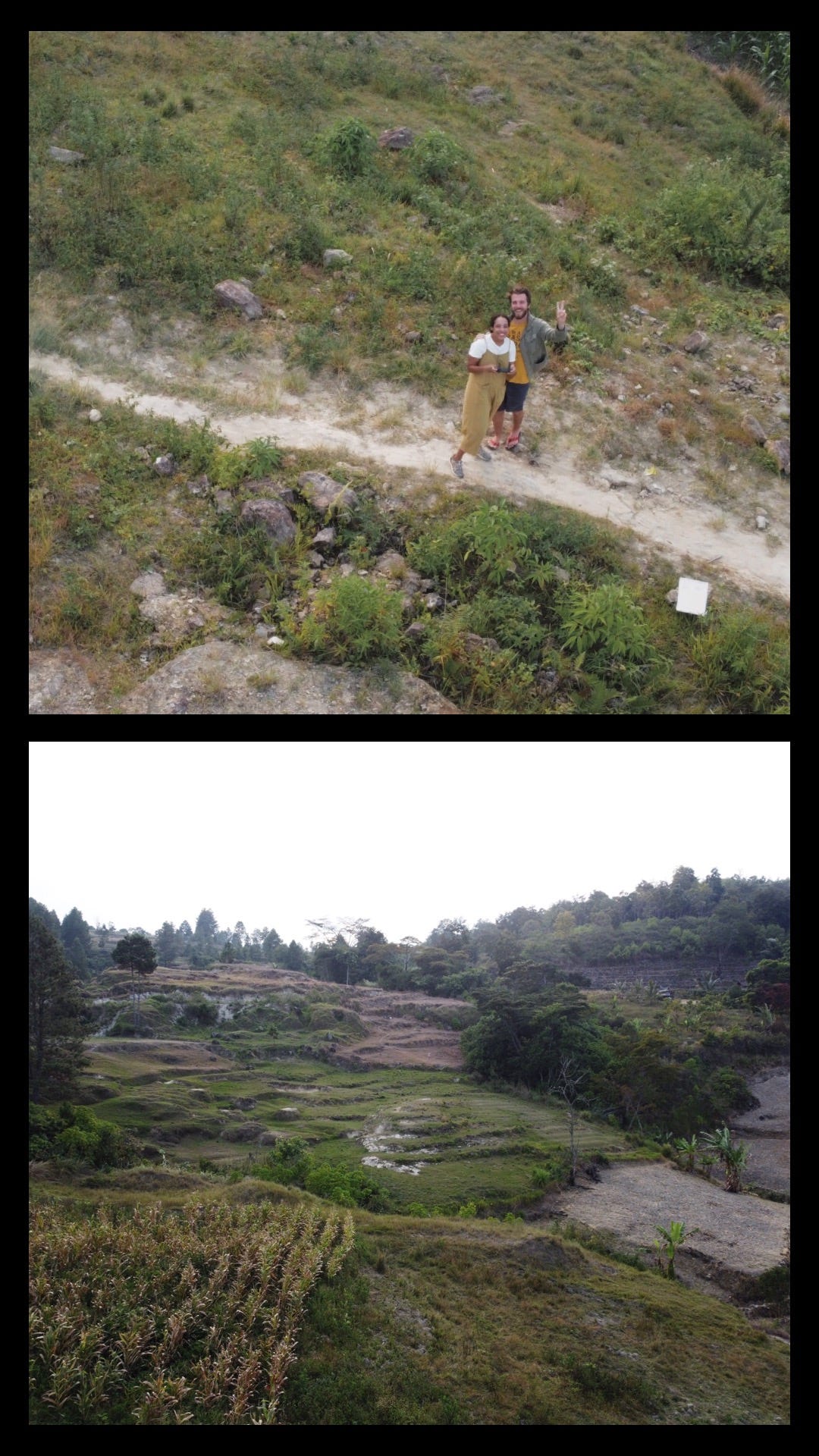


Wow I love the vibe in your photos and also what you share about tourism
Qué bonitas fotos y qué bien escribe mi chica! Suerte 🤞🏿